After 2 years of implementing the Strategy for Import and Export of Goods to 2030, improving the quality of goods as well as diversifying export markets are 2 of the outstanding results of our country's exports. In fact, this is both a goal and a practical requirement that the import and export activities must meet. Reporter of Industry and Trade Newspaper had an interview with Ms. Nguyen Cam Trang - Deputy Director of the Import and Export Department (Ministry of Industry and Trade) about this issue.
Madam, the changing world market is posing new requirements for export enterprises. In that context, what are the goals of the Goods Import-Export Strategy to 2030?
The strategy for import and export of goods until 2030 has identified that the world economy will have relatively unpredictable and complex fluctuations. In fact, over the past 3 years, these assessments have been completely accurate as import and export activities have faced risks in different stages, sometimes with decreasing aggregate demand, sometimes with high inflation in importing countries; high logistics costs, broken supply chains or lack of containers...
Besides, strategic competition between major countries, competition in markets, human resources, technology, and trade wars also cause risks to import and export activities.
In addition, the world context has also changed a lot when the scientific and technological revolution has impacted many aspects of the world economy. Governments, people, and consumers of countries are increasingly concerned about environmental and health factors and set relatively high regulations and requirements for this field.
 |
| Ms. Nguyen Cam Trang - Deputy Director of the Import-Export Department (Ministry of Industry and Trade). Photo: Hanh Le |
And the last factor is the challenges of climate change and the environment, so a number of countries have raised the demand for sustainable development and circular economy.
From these factors, the Import-Export Strategy also sets out requirements and sustainable development goals at the top.
Accordingly, the overarching goal of the Goods Import and Export Strategy to 2030 is sustainable development, with balance and harmony in both export entities and export markets; at the same time, promoting competitive advantages, making the most of incentives from free trade agreements that we have signed; at the same time, promoting the role and position of the country in the global supply chain to continue to consider exports as the driving force of economic growth.
After nearly 2 years of implementation, in your opinion, how has the business's implementation responded to this strategy; especially in 2 stories: Improving the quality of goods and diversifying import and export markets?
Improving the quality of goods and diversifying export markets are both goals and practical requirements that import and export activities must meet. In fact, the results of implementing the strategy in recent times show that these are two of the most outstanding results of export.
We have relatively successfully shifted the structure of export goods, increasing the proportion of processed and manufactured industrial goods as well as increasing the proportion of processed goods and reducing the proportion of primary processed goods and mineral raw materials.
The structure of goods is increasingly diverse in types, the scale of exported goods is increasing. At the same time, we have also developed a number of new items such as tools, spare parts, toys. Or with vegetables, we see the prominence of durian.
Regarding export market diversification, in recent years, when our large, traditional markets have encountered difficulties due to high inflation and reduced demand from these markets, we have also been very successful in maintaining export growth in the markets of West Asia, Eastern Europe, and Africa.
In 2023, when the European market was facing difficulties, we took advantage of the opportunity from the reopening of the Chinese market and promoted exports to this market. From there, we made a very positive contribution to the overall export growth of the entire industry.
 |
| The strategy for import and export of goods until 2030 was issued with many important highlights. Photo: Ngoc Tuan |
Green production is a trend and a competitive tool for export enterprises in the world market. However, this is currently a weakness of Vietnamese enterprises. So what is the cause of this limitation, madam?
Green production, green economy, and circular economy are inevitable trends. Each country has its own plan and roadmap to implement these activities. In fact, green regulations of importing countries have a roadmap and time for manufacturing and exporting countries like Vietnam to gradually adapt, rather than regulations that must be implemented immediately.
In fact, Vietnamese enterprises have also been aware of this, and many have proactively implemented it to meet this regulation. However, we are also facing many difficulties and limitations in adapting.
This comes from awareness, above all from the cost for businesses, especially small and medium enterprises. Notably, regulations related to the issue of technology conversion and raw material areas will require huge costs and this causes difficulties for businesses.
In addition, regulations are subject to change because there is a roadmap that may apply to this item this year, and then expand to other items next year. Or this year it is these regulations, and next year the regulations will be stricter. This requires businesses to grasp information promptly, which is also a difficult point for businesses.
This is also an issue that requires the role of state management agencies to promptly provide information to businesses, so that businesses can grasp and be proactive in their production and business plans to meet market regulations.
Another issue is related to the story of implementing these regulations, which requires guidance. There are regulations related to counting and statistics. These regulations also need the support of the state in promptly disseminating the regulations of your country as well as timely guidance so that businesses can implement them.
In the context of green export and sustainable export being an irreversible trend as it is now, what recommendations do you have for Vietnamese enterprises to export more sustainably? What solutions does the Ministry of Industry and Trade have to support enterprises?
Green export and sustainable export are the core and consistent contents in the export strategy until 2030. The action program also sets out specific solutions for ministries, branches and localities in the process of implementing these tasks.
On the side of the Ministry of Industry and Trade, it will focus on key issues related to market development and providing market information to businesses.
The Ministry directs the network of Vietnamese trade offices abroad to support businesses in promoting their efforts to adapt and meet the green standards of other countries.
Guidance contents, information related to foreign regulations, and handbooks will also be implemented to provide associations and businesses with timely and fastest information so that businesses can proactively plan production and business to meet market requirements.
The Ministry will also coordinate with associations and industries to provide training related to product models, brands, and designs, so that export products can develop sustainably in import markets.
On the business side, it is necessary to know and understand this regulation. From there, make efforts and invest time, because in reality, the regulations on green standards of the markets all have implementation roadmaps, if businesses make efforts from the beginning and meet the capacity, it will be relatively feasible.
On the other hand, not all regulations require high costs or technology conversion, but sometimes they are just regulations related to counting and statistics, which businesses need to understand in order to comply with the regulations of your country.
Enterprises also need to improve their production capacity, improve product quality, produce green products, thereby improving product competitiveness. Even when the market does not require it, when the product is green, we will have an advantage over other countries.
In fact, sometimes small and medium-sized enterprises are an advantage, because of their small scale, the conversion is not too time-consuming and costly. Or for new businesses entering the market, if they grasp the regulations immediately and implement and adapt from the beginning, it is easy to adapt.
Enterprises must have a systematic plan, identify their target market, produce and export according to market signals, what the market needs. When the target market is identified, the market requirements are understood, then there will be a plan to meet these requirements.
Thank you!
Source: https://congthuong.vn/hai-nhan-to-quan-trong-dua-xuat-nhap-khau-viet-nam-cat-canh-348034.html


![[Photo] Close-up of Vietnam's sniffer dog team searching for earthquake victims in Myanmar](https://vstatic.vietnam.vn/vietnam/resource/IMAGE/2025/4/1/d4949a0510ba40af93a15359b5450df2)



![[Photo] Relatives of victims of the earthquake in Myanmar were moved and grateful to the rescue team of the Vietnamese Ministry of National Defense.](https://vstatic.vietnam.vn/vietnam/resource/IMAGE/2025/4/2/aa6a37e9b59543dfb0ddc7f44162a7a7)
![[Photo] Third meeting of the Organizing Subcommittee serving the 14th National Party Congress](https://vstatic.vietnam.vn/vietnam/resource/IMAGE/2025/4/2/3f342a185e714df58aad8c0fc08e4af2)
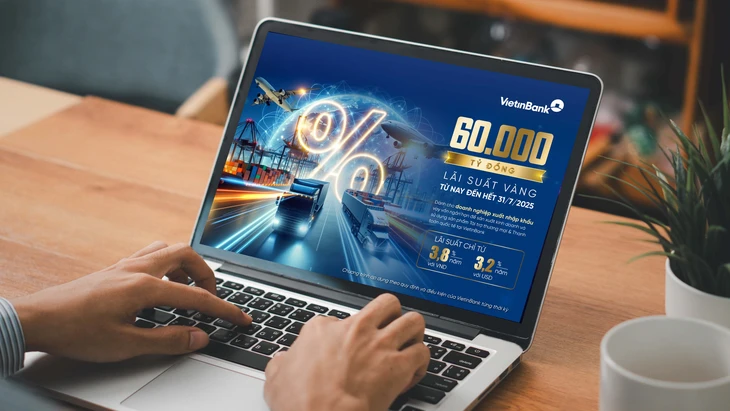



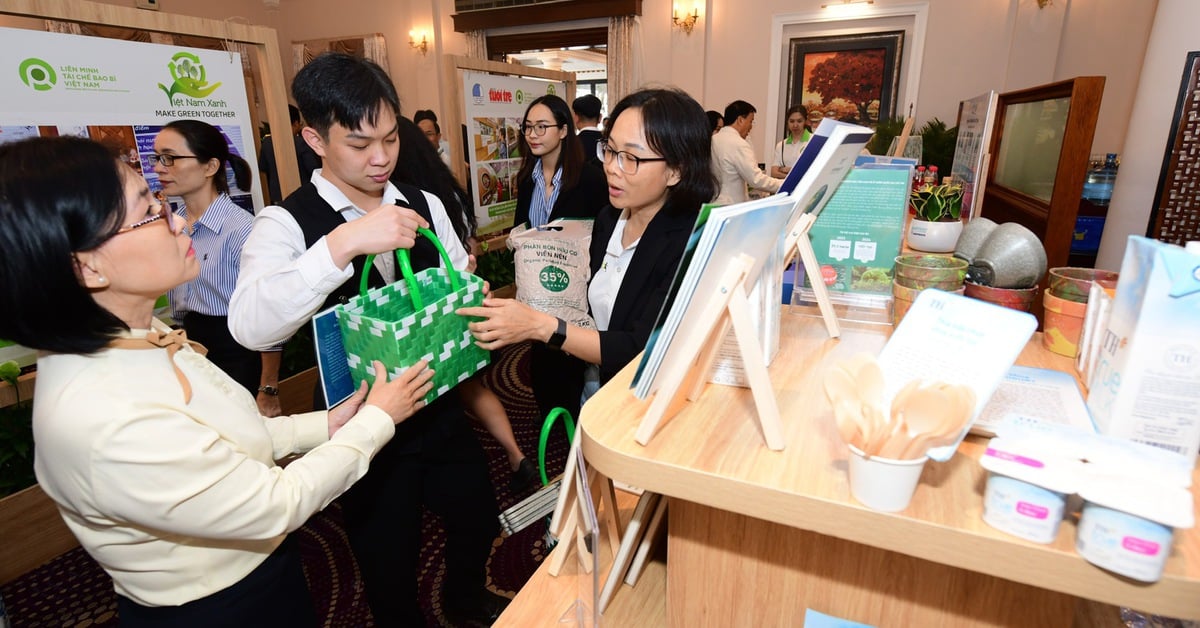


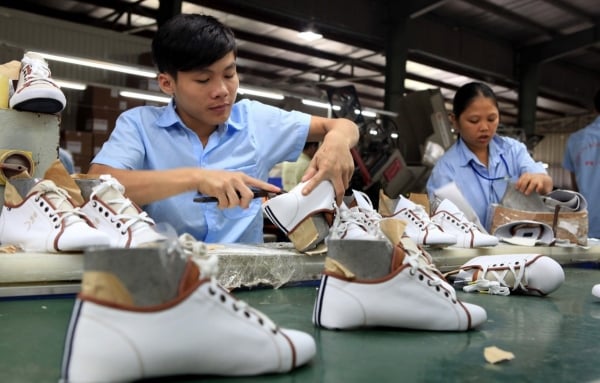


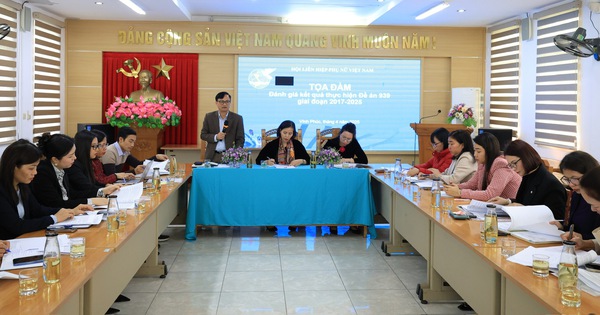


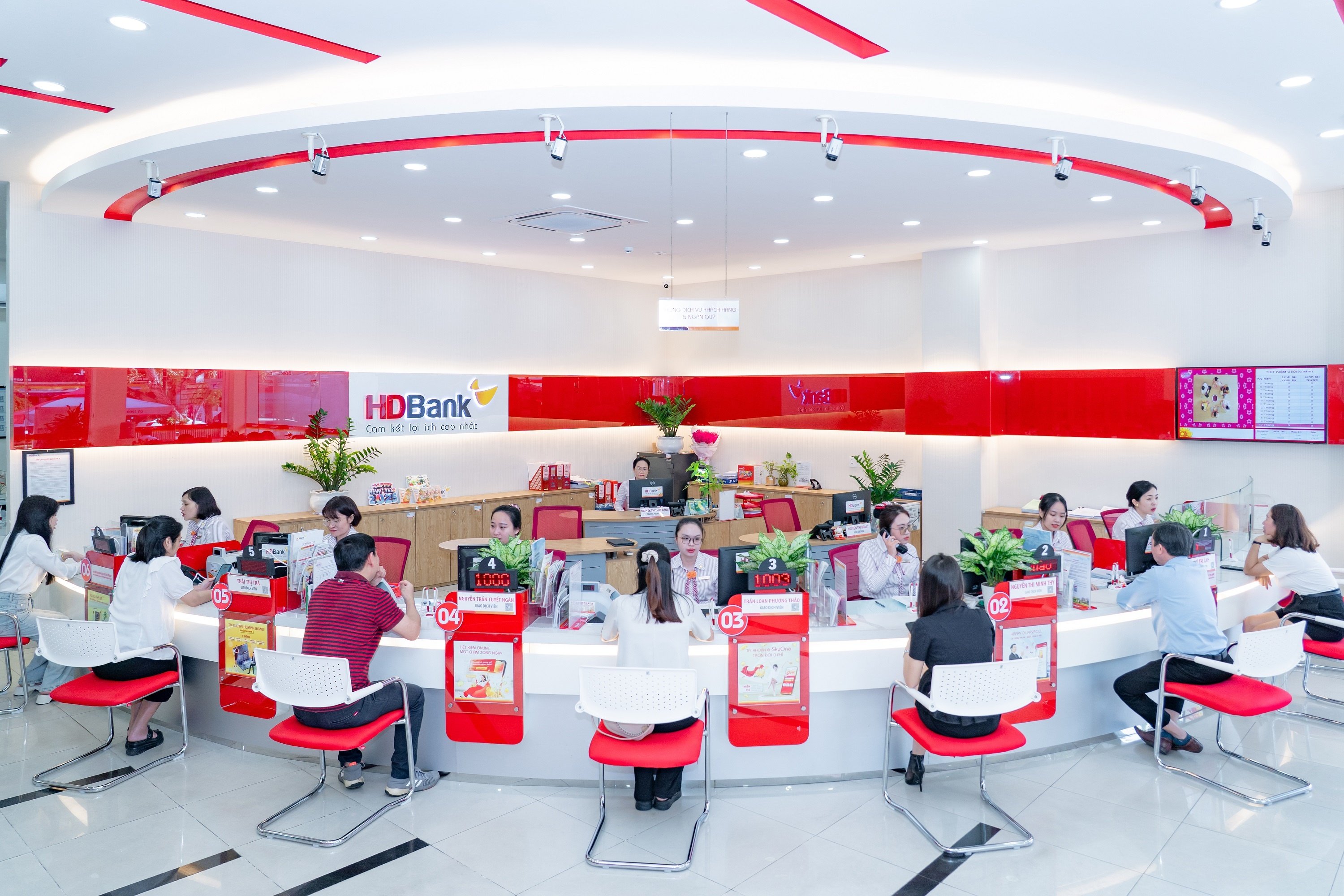
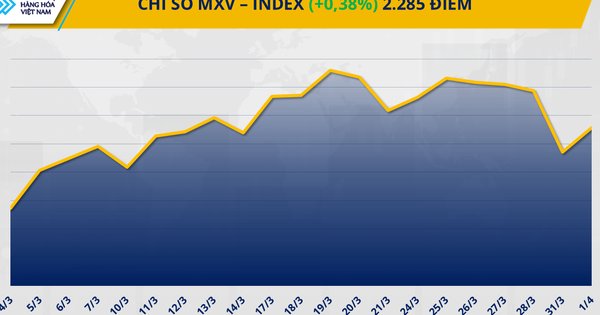




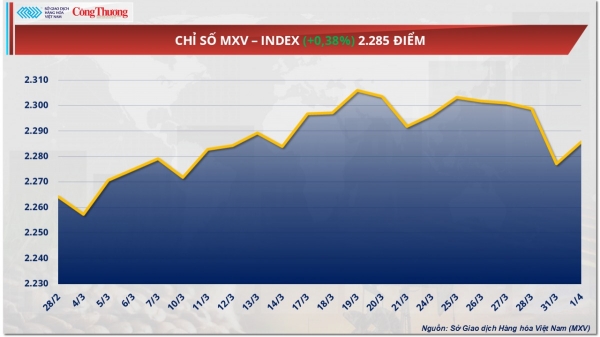

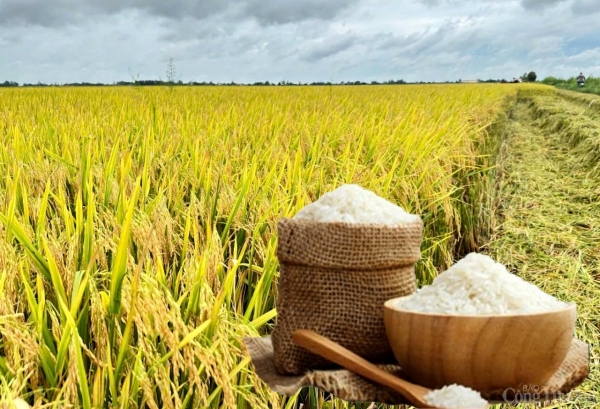

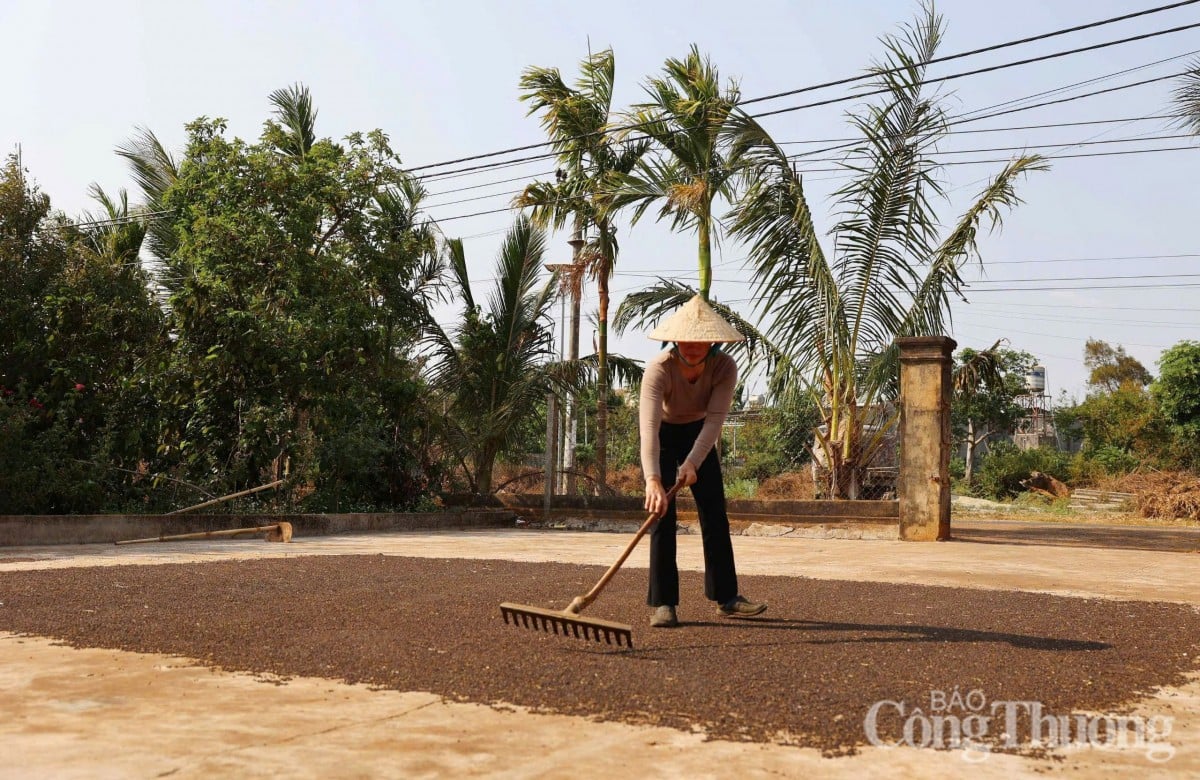






























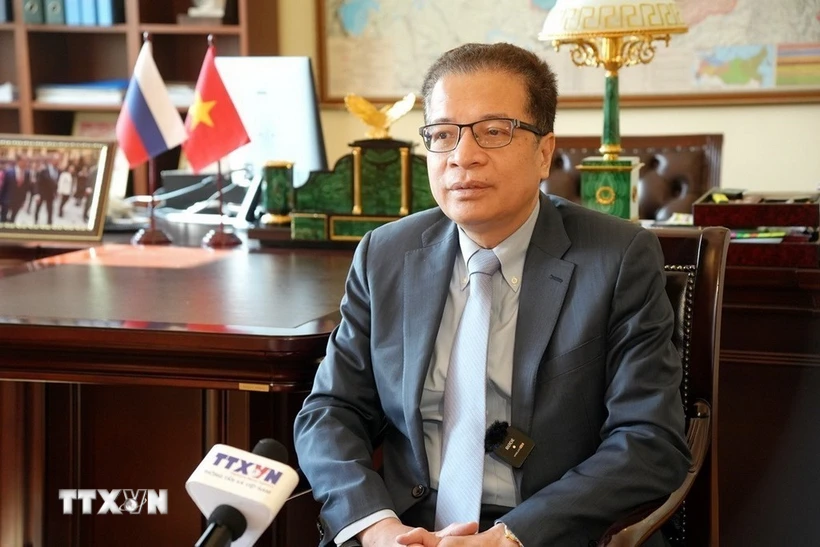

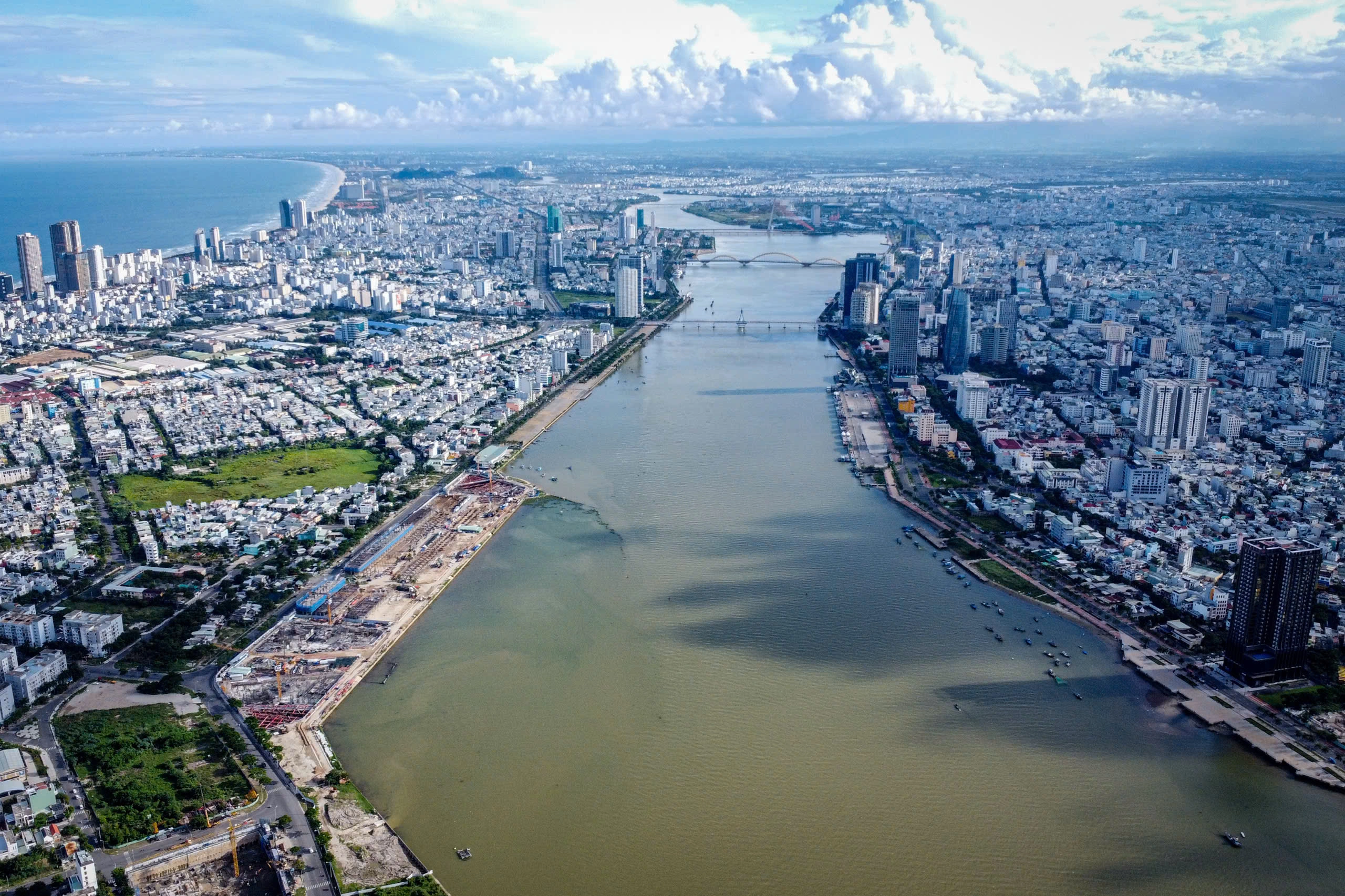







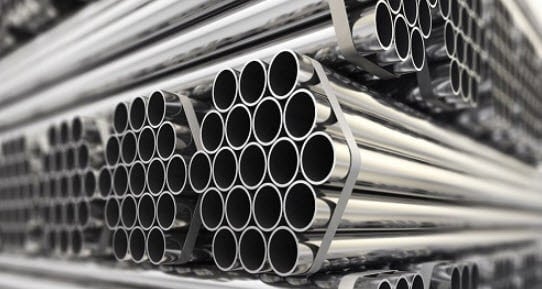



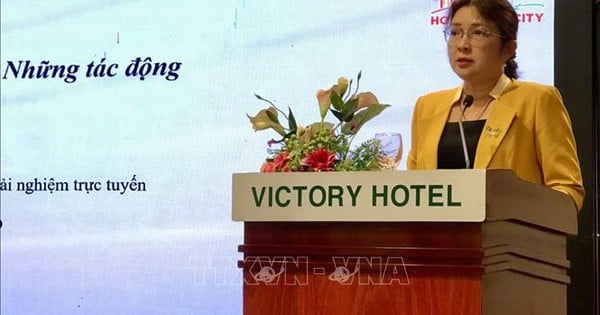
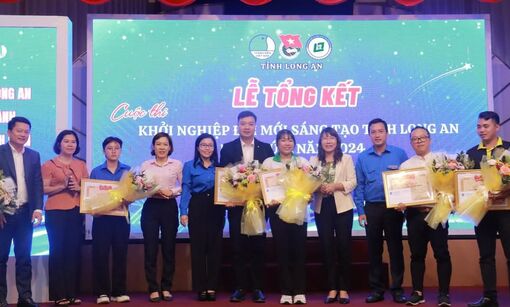
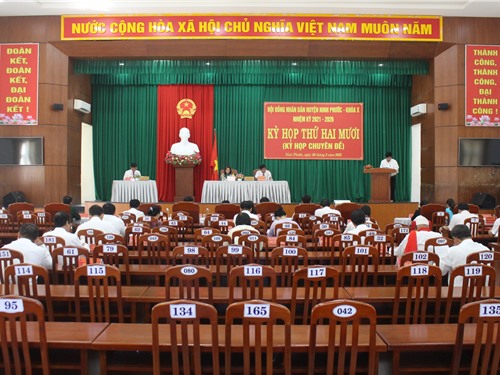
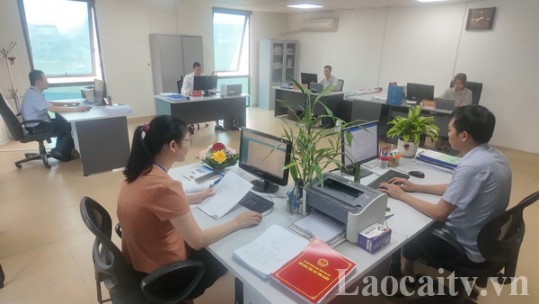

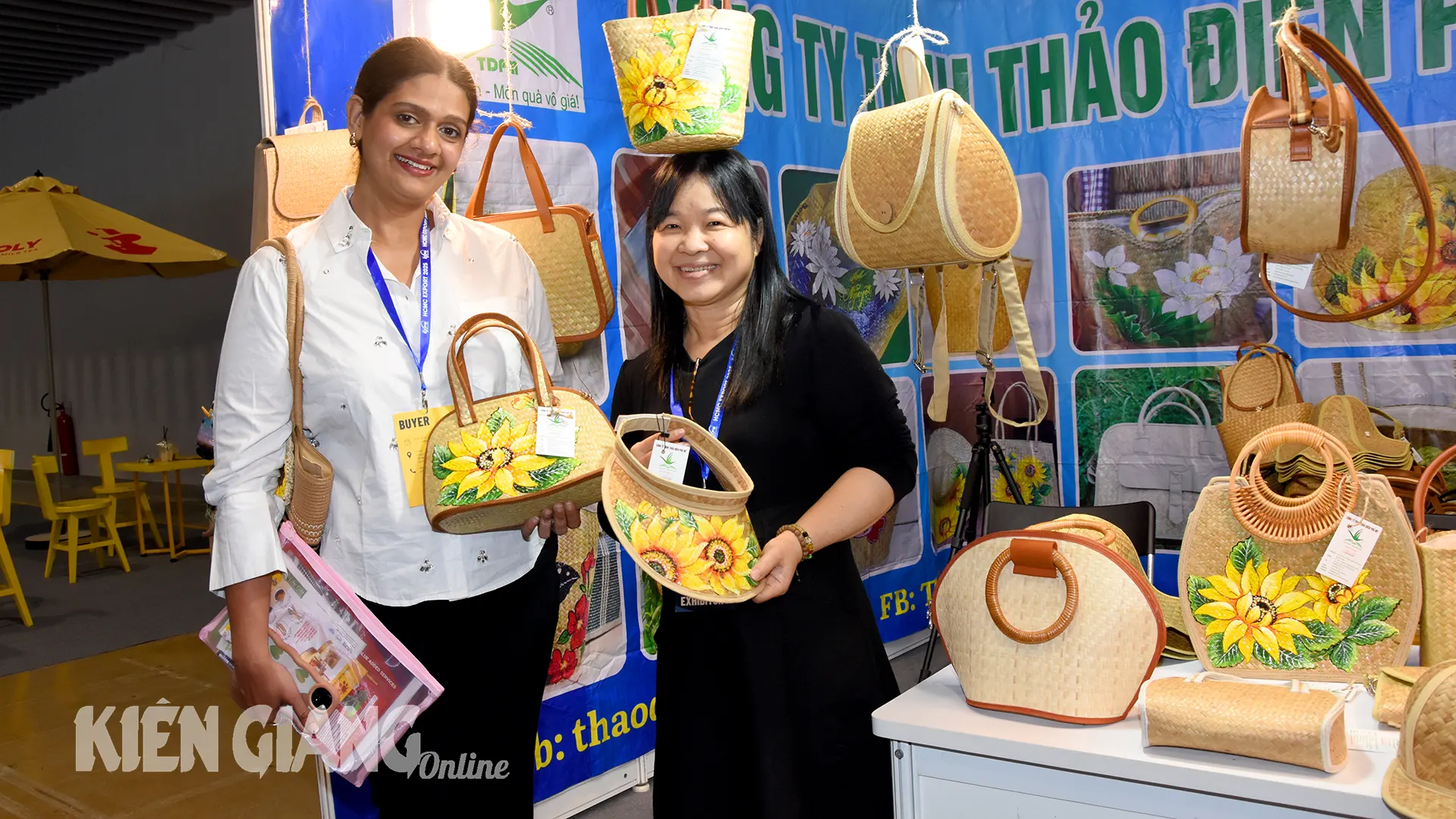












Comment (0)